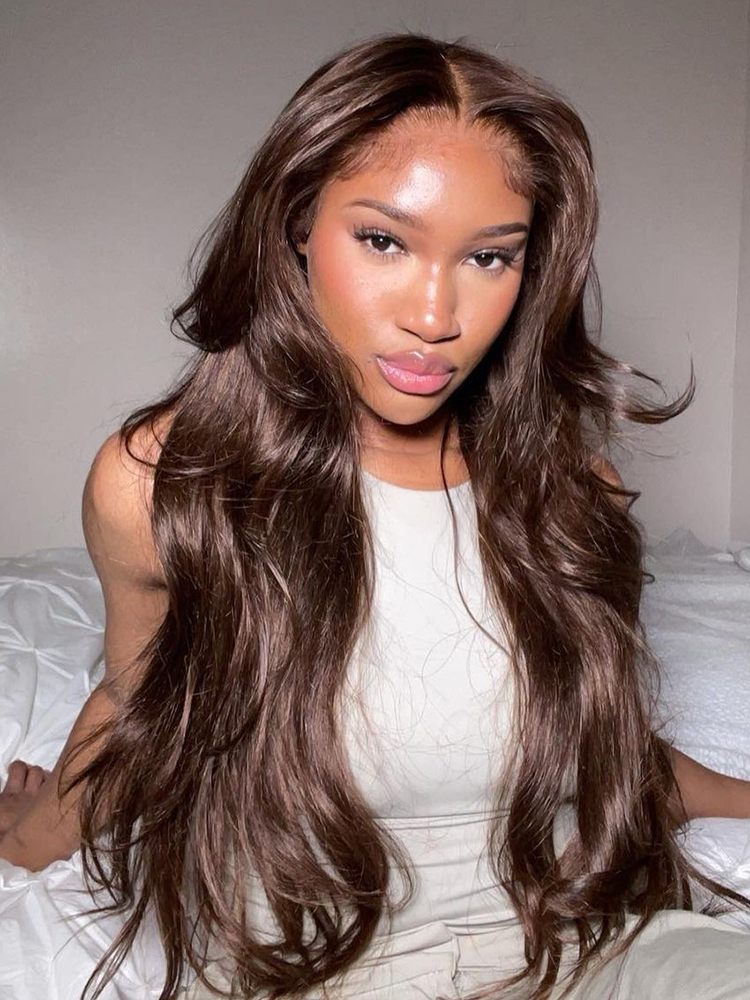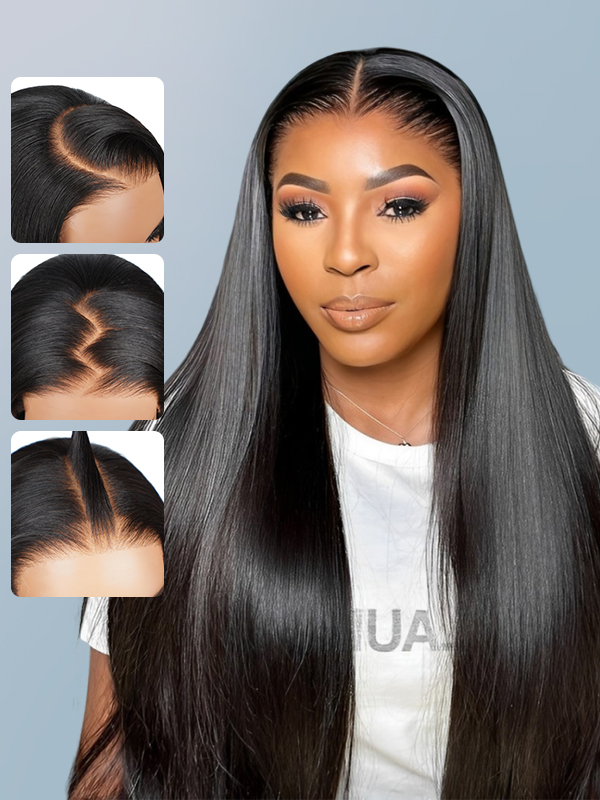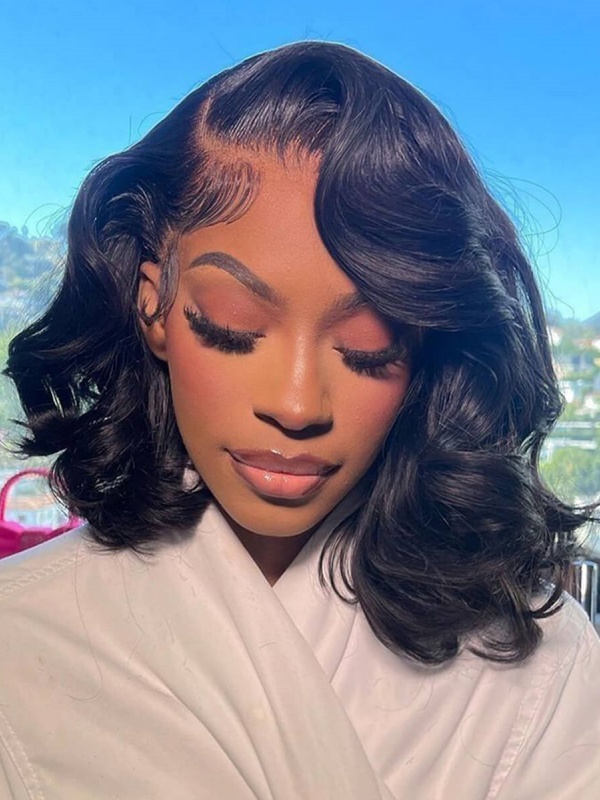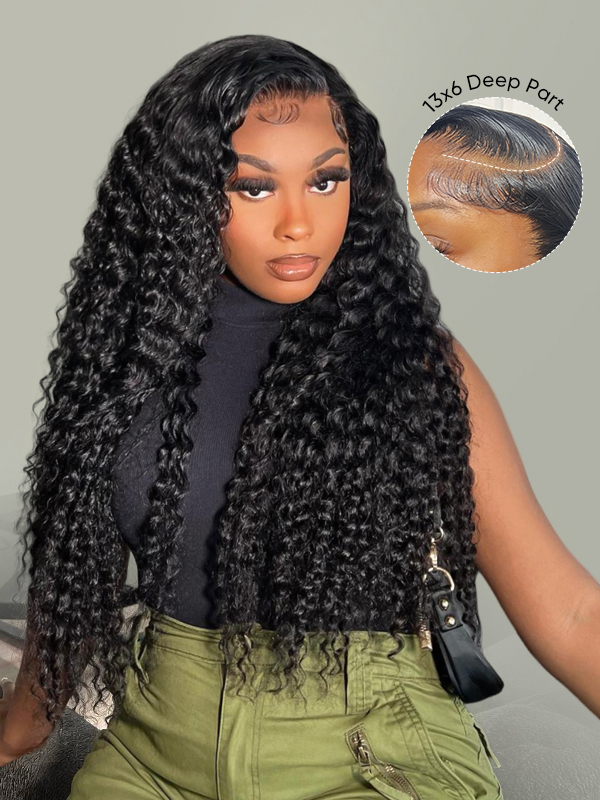Regardless of who you are or your age, hair loss can become a personal issue. For anyone who wants to add volume naturally, without wearing a wig, learning how to cut layers in a wig topper can change any standard wig into a personal style that mixes well with your real hair. Wig toppers are chosen for their ability to cover the crown of your hair and let you style your thinning or falling hair with ease and comfort.
Before you get started with customizing your wig topper, you should understand how these products are assembled, which materials are used, and how excellent layering helps them look natural.
Essential Tools and What You Need to Do
Getting professional results with your wig involves gathering the proper equipment and working in the proper place.
Start by having sharp hair scissors (practical shears made for cutting hair), various fine-tooth combs to separate the hair, several clips to hold the hair, water in a spray bottle, a stand (or mannequin) for the head, and abundant illumination. Choose a nice, bright area, place your wig topper on the mannequin, and brush the hair carefully to avoid knots while styling your wig.
Making sure you are ready is important since it sets up your success when learning how to cut layers in a wig topper.
Finding the Right Method for Layering for Your Face
Effortlessly putting your best face forward is possible with properly cut layers that inject liveliness and style into dull hair. Don’t trim your bangs yet, because you should consider your face shape (round, square, oval, heart-shaped, or diamond) when picking the most pleasant layering technique.
Those with round faces are helped by long layers, placed under the chin, while square faces look better with plenty of layers that round out the jaw and highlight the cheeks.
Anyone with a heart-shaped face loves layers that start at the chin and go down, and oval-faced people have many options to experiment with layers. Knowing which technique fits your face helps you understand how to cut layers in a wig topper that enhances your natural look.
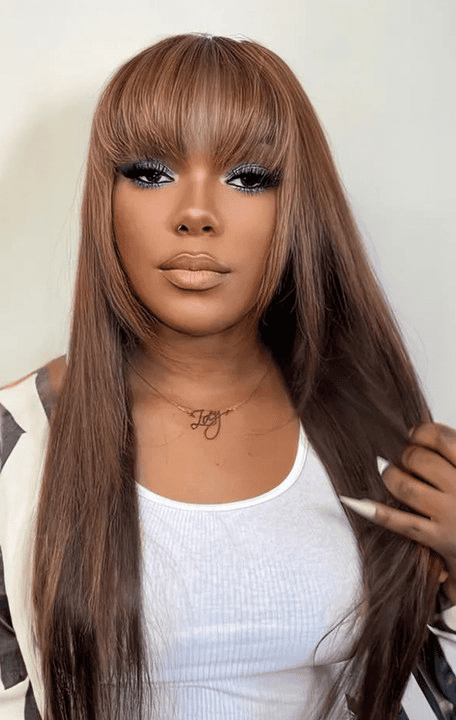
A Guide for Beginners to Layering
Those trying this customization for the first time will find it helpful to be patient and follow a method to make their wig topper look great. Make sure the base of your wig topper is the length you choose before going any further and adding layers. After that, divide your hair into two sections, from behind the ears, clipping up top and leaving the lower section ready for starting the layers.
Take roughly one inch of hair between your fingers and angle it away from the head in a slight diagonal—this is the trick for having your haircut end up soft and blended. Work by snipping away from the center in small steps; don’t chop straight across because this creates smoother edges.
Keep your hair dyeing, moving from the base of the neck up to the top, and checking for asymmetry all the time, changing it as necessary. When learning how to cut layers in a wig topper, be careful, as you can remove more, but cannot handsomely recover the hair you previously snipped.
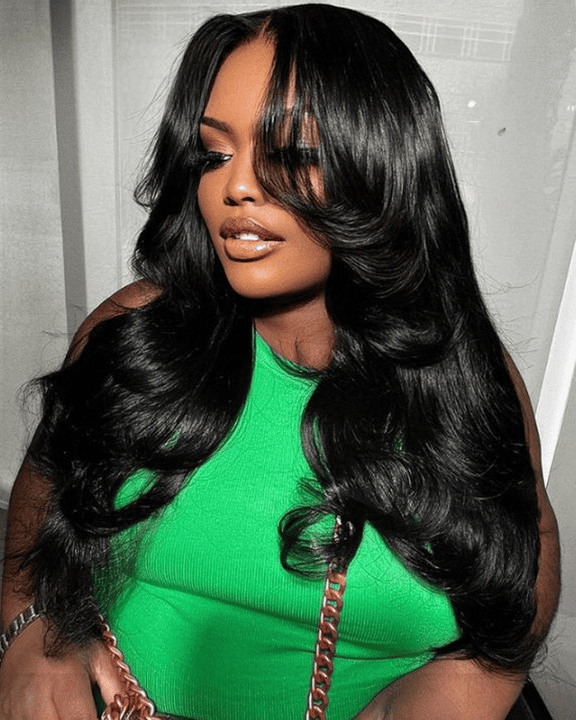
Modern Methods for Shooting Portrait Photos
The take-shape control over your wig topper is key, and highlighting the hair closest to your face can greatly improve how your look is finished.
First, let the front of your hair fall, then plot out how far below your chin you’d like the face-framing layers to be to get a pretty yet flexible look. Keep the sections straight and flat to the face, then lift your scissors to softly cut up to make a gentle graduation.
Should you want some spectacular framing, consider having side-swept bangs or shorter parts around your temples, which can either hide a large forehead or highlight your cheekbones. Remember that these front bits are what catch people’s attention, so it pays to master them early when cutting layers for a unique result and building a source of confidence.
Keeping Your Layered Wig Topper in Style and Keeping It Loved
Use proper styling methods and care for your piece to enjoy looking fresh with it all month long. Use shampoo and conditioner made for wigs or human or synthetic hair, and make sure your topper is clean and rests on a stand until it's properly dried and untangled.
Always use heat tools safely with heat-protecting products when styling your topper, trying to let your layered style guide you, instead of applying too much stress to your hair. Cutting your hair every six to eight weeks will give you a professional look and stop split ends from migrating to the top of your hair unit, especially since human hair toppers act like naturally growing hair.

Recommendation
Anyone seeking the services of an expert in how to cut layers in a wig topper and personalization can find complete solutions for all their hair replacement needs at WIGGINSHAIR. We ensure layers are cut properly in your wig topper, finding a perfect fit for you and giving you a natural look with your real hair. Our team at WigginsHair is available to help you choose a topper that fits you or customize your existing piece, making sure you feel beautiful and comfortable.




